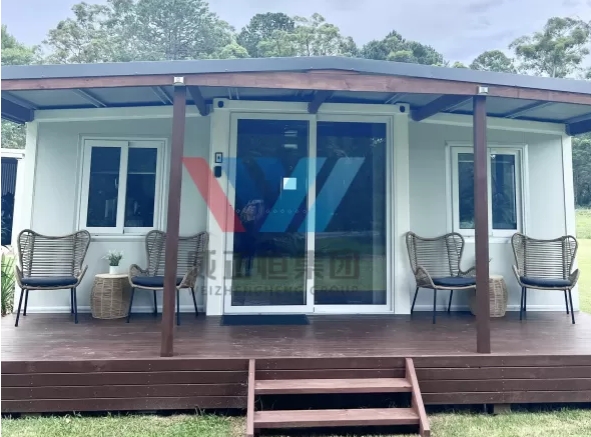Pros and Cons of Building a Granny Flat
In recent years, the concept of building granny flats has gained significant popularity in the realm of real estate and home design. These compact, self-contained living spaces, often situated on the same property as the main residence, offer a range of benefits but are not without their drawbacks. In this article, we will delve into the pros and cons of building a granny flat, exploring the factors that contribute to their appeal and the considerations that may give potential builders pause.
Pros: Increased Property Value and Additional Income Opportunities
One of the primary advantages of constructing a granny flat is the potential boost to property value. These versatile living spaces can attract a broader pool of prospective buyers or renters, thereby enhancing the overall desirability of the property. Moreover, for homeowners seeking supplementary income, renting out the granny flat provides a reliable revenue stream. Whether used to accommodate a relative, house a tenant, or function as a short-term rental, the additional income generated can contribute significantly to offsetting mortgage costs or funding other financial goals.
Cons: Regulatory Hurdles and Zoning Restrictions
While the benefits are appealing, navigating the regulatory landscape can be a daunting aspect of building a granny flat. Zoning restrictions and local regulations may impose limitations on the size, design, and use of such structures. Before embarking on this endeavor, it is crucial to thoroughly research and understand the legal requirements governing granny flat construction in your area. Failure to comply with these regulations can lead to fines, delays, or even the dismantling of the structure, making it imperative to approach the process with meticulous attention to detail.
Pros: Flexible Living Arrangements and Multi-Generational Housing Solutions
Granny flats offer a flexible solution to changing living arrangements. Whether it's providing a space for aging parents who wish to maintain independence while remaining close to family or accommodating adult children returning home, these structures facilitate multi-generational living. The ability to adapt the granny flat's use over time adds a layer of versatility to a property, ensuring it remains functional and relevant throughout various life stages.
Cons: Construction Costs and Financial Investments
Despite the potential for additional income, the upfront costs associated with building a granny flat can be a significant hurdle. Construction expenses, permits, and utility connections contribute to the financial investment required. It is essential to carefully evaluate the budgetary implications and assess whether the long-term benefits align with your financial goals. Additionally, unexpected construction delays or cost overruns can impact the overall financial feasibility of the project.
Conclusion: Balancing the Pros and Cons for Informed Decision-Making
In conclusion, the decision to build a granny flat is a nuanced one that requires careful consideration of both the advantages and challenges involved. While the potential for increased property value and flexible living arrangements is enticing, the regulatory hurdles and financial investments demand thorough planning and research. By weighing the pros and cons, homeowners can make informed decisions that align with their goals, ensuring that the addition of a granny flat enhances rather than detracts from the overall value and functionality of their property.


Comments
0